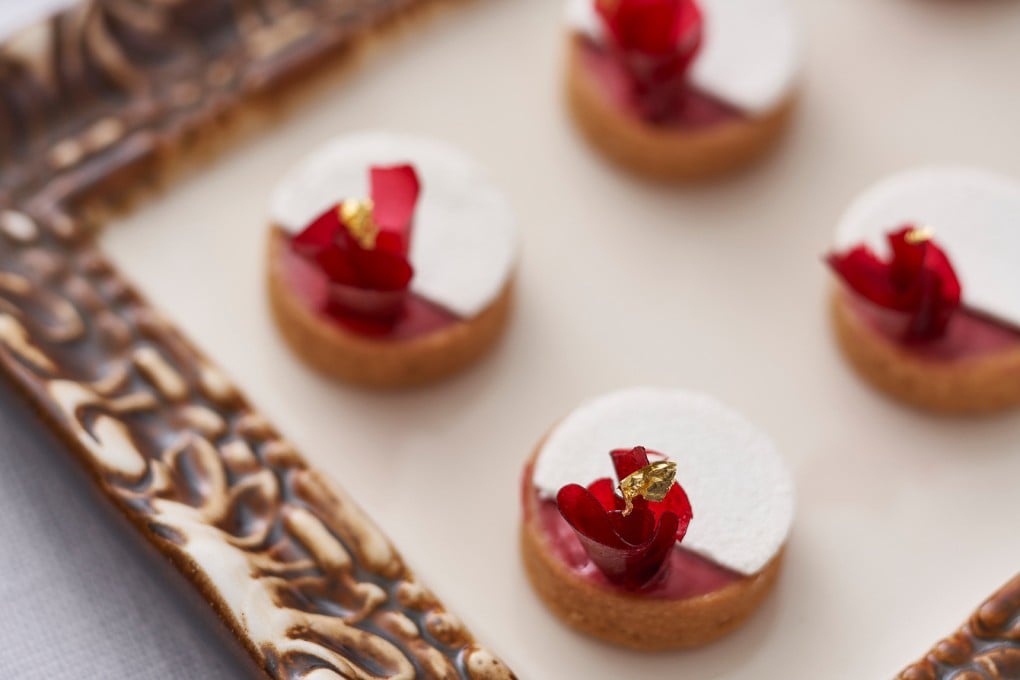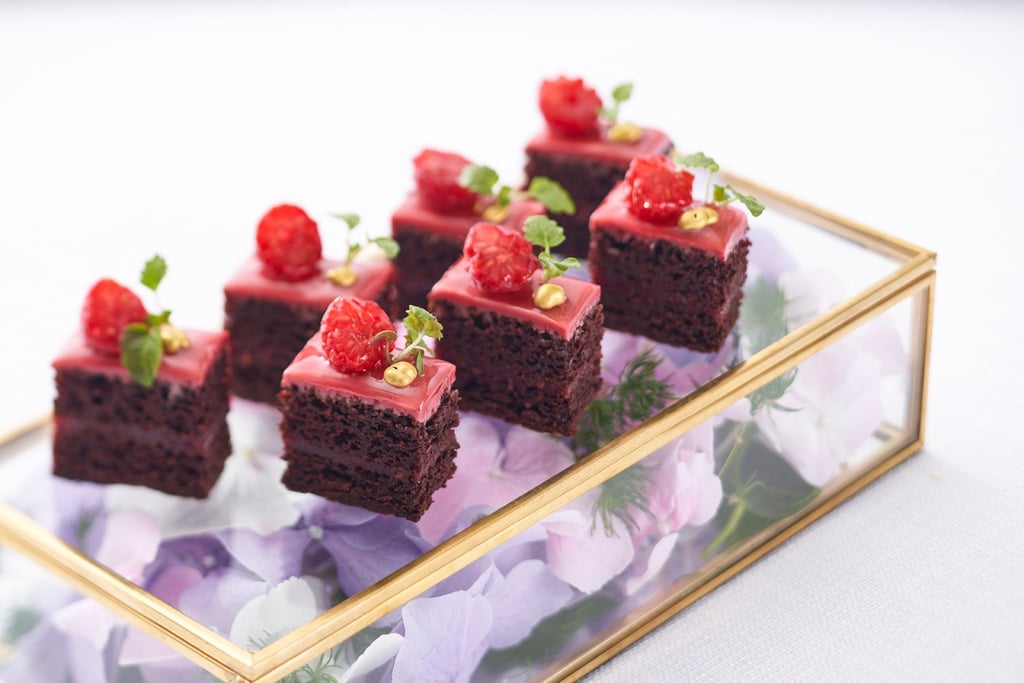The history of petits fours, the mini French desserts that require huge skill to make
- The petit four comes from 19th-century France, when chefs baked tiny treats using the residual heat from their ovens, according to some food historians
- Others say they originated in the reign of French king Louis IV. Whatever the truth, they are a fine-dining staple meant to leave diners with a lasting memory

Every so often, I think about the poor soul who once wrote a haughty email to the manager of a fine-dining restaurant, complaining about being short-changed after dessert.
The problem, they said, was that they had been served a tray of delicious treats – but that one piece was clearly missing. Why were there only three items, they puffed, when the menu clearly stated petit four?
Perhaps they were offended by the thought of a petit trois, which incidentally in Cantonese (siu saam) is slang for a homewrecker, or “the other woman”.
In any case – don’t be like them and make a fool of yourself. Four is actually French for oven, and the term petit four (or petits fours) a rather fancy way of referring to the tiny cakes and sweets typically served at the end of a long and winding meal.

Many trace the origin of the petit four to 19th-century France, when the bulk of cooking was done in large, coal-burning ovens made from stone or brick – rudimentary cabinets with a roaring fire beneath fierce enough to roast large cuts of meat and bake batches of bread. They were referred to as grand four, or large oven.